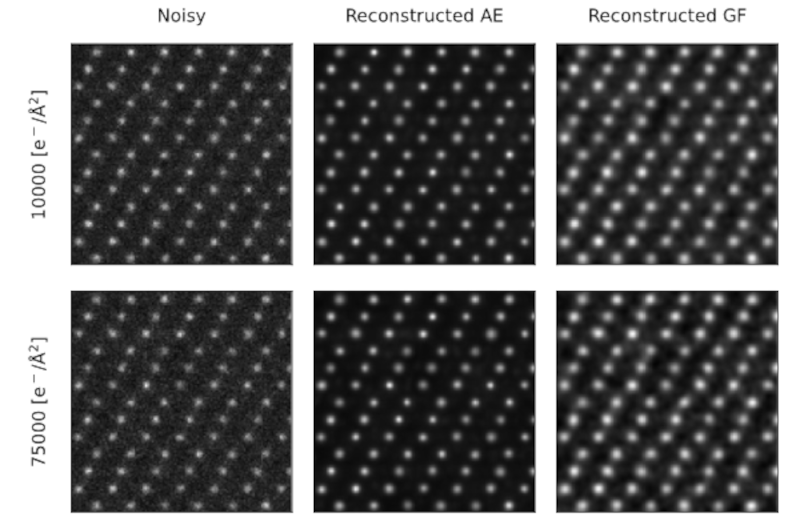Machine Learning Helps Electron Microscopy

Machine learning is supposed to help us do everything these days, so why not electron microscopy? A team from Ireland has done just that and published their results using machine learning to enhance STEM — scanning transmission electron microscopy. The result is important because it targets a very particular use case — low dose STEM.
The problem is that to get high resolutions, you typically need to use high electron doses. However, bombarding a delicate, often biological, subject with high-energy electrons may change what you are looking at and damage the sample. But using reduced electron dosages results in a poor image due to Poisson noise. The new technique learns how to compensate for the noise and produce a better-quality image even at low dosages.
The processing doesn’t require human intervention and is fast enough to work in real time. It is hard for us to interpret the tiny features in the scans presented in the paper, but you can see that the standard Gaussian filter doesn’t work as well. The original dots appear “fat” after filtering. The new technique highlights the tiny dots and reduces the noise between them. This is one of those things that a human can do so easily, but traditional computer techniques don’t always provide great results.
You have to wonder what other signal processing could improve with machine learning. Of course, you want to be sure you aren’t making up data that isn’t there. It wouldn’t do to teach a CAT scan computer that everyone needs an expensive surgical procedure. That would never happen, right?
In electronic work, we usually are using SEM that detects secondary electron emissions because it is hard to shoot an electron through an electronic component. But STEM is a cool technology that can evens show the shadows of atoms. We keep hoping someone will come up with a homebrew design that would be easy to replicate, but — so far — it is still a pretty big journey to get an electron microscope in your home lab.
Post a Comment